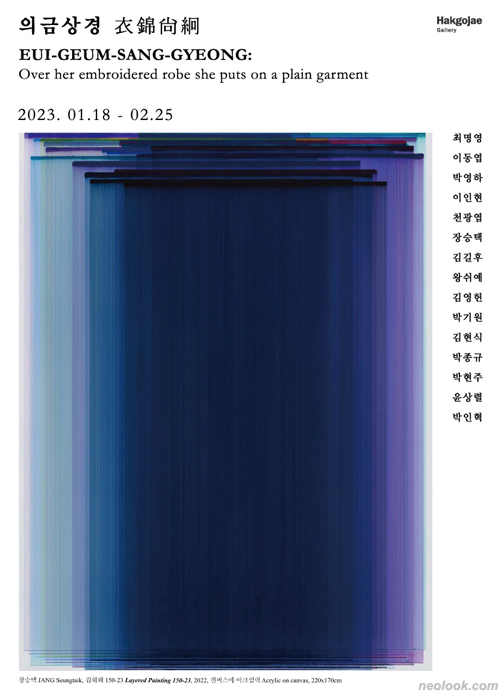- ● homepage
- ● archives
- ● restoration
- ● books
- ● big banners
- ● post board
- ■ neo's search
- ■ about us
- ■ 게재방법 안내
- 개인정보처리방침

- [email protected]
- Tel. 02_335_7922
- Fax. 02_335_7929
- 10:00am~04:30pm
- 월요일~금요일
- 3/3(월) 대체공휴일

의금상경 衣錦尙絅
Eui-geum-sang-gyeong: Over her embroidered robe she puts on a plain garment展 2023_0118 ▶ 2023_0225 / 일,월요일 휴관
별도의 초대일시가 없습니다.
참여작가 최명영 CHOI Myoung Young 崔明永 이동엽 LEE Dong-Youb 李東燁 박영하 PARK Young-Ha 朴永夏 이인현 LEE Inhyeon 李仁鉉 천광엽 CHEON Kwangyup 千光燁 장승택 JANG Seungtaik 張勝澤 김길후 KIM Gil-hu 金佶煦 왕쉬예 WANG Shuye 王舒野 김영헌 KIM Young-Hun 金永憲 박기원 PARK Ki Won 朴琪元 김현식 KIM Hyunsik 金玄植 박종규 J. PARK 朴鍾圭 박현주 PARK Hyunjoo 朴賢珠 윤상렬 YOON Sang-Yuel 尹祥烈 박인혁 PARK Inhyuk 朴仁赫
기획 / 이진명(미술비평·미학·동양학)
관람시간 / 10:00am~06:00pm / 일,월요일 휴관
학고재 본관 Hakgojae Gallery, Space 1 서울 종로구 삼청로 50 Tel. +82.(0)2.720.1524~6 www.hakgojae.com @hakgojaegallery www.facebook.com/hakgojaegallery
학고재 아트센터 Hakgojae Art Center 서울 종로구 삼청로 48-4 B2 Tel. +82.(0)2.720.1524~6 artcenter.hakgojae.com
학고재 오룸 Hakgojae OROOM online.hakgojae.com
학고재는 2023년 1월 18일(수)부터 2월 25일(토)까지 대형 기획전 『의금상경 衣錦尙絅』을 연다. 의금상경(衣錦尙絅)은 동아시아의 고전 『중용(中庸)』의 마지막장을 수놓는 말로서 『시경(詩經)』의 「정풍(鄭風)」에 실려 있는 '봉(丰)'이라는 노래의 노랫말이다. '봉(丰)'은 우리말로 '의젓한 님'으로 번역된다. "비단 저고리 위에 홑저고리 걸치고, 비단 치마 위에 홑치마 걸치고, 여러 남자들이여! 수레만 몰고 오면 나는 따라가리라(錦 褧衣, 裳錦 褧裳. 叔兮伯兮, 駕予與行)" 노래의 화자는 여인이다. 여인은 비단 저고리와 비단 치마처럼 근사 한 옷을 입고도 홑옷으로 화려함을 감추는 겸양의 남자를 기다린다. 비단 저고리와 비단 치마는 남자의 신분을 말하기보다는 남자의 내면을 가리킨다. 『중용』 의 저자는 이러한 남자를 군자 君子 라고 정의했으며, 소인(小人)과 대비된다. 그러면서 『중용』 의 저자는 군자를 세 가지 단어로 묘사한다. '담(淡)'과 '간(簡)'과 '온(溫)'이다. 군자는 맑고, 간이하면서도 온화하다. ● 전시회 『의금상경』 은 의금상경(衣錦尙絅)이 지닌 진정한 뜻으로 동아시아 모더니즘 회화를 바라보고자 한다. 군자가 맑고 간이하면서 온화하기 때문에 결과적으로 군자가 가는 길(道)은 "은은하나 날이 갈수록 드러난다(黯然而日章)"라고 말했다. 이와 반대로 소인이 가는 길은 "선명하나 날이 갈수록 없어진다(的然而日亡)"이라고 규정한다. 이번 전시회는 화려함을 뒤로 하고 맑고(담백하고) 간이하며 온화한 동아시아 모더니즘의 15명 작가를 선별했다. 서구 모더니즘은 본질주의(essentialism)를 강조하며 순수성(purity)이라는 명제 아 래 그 나머지를 배제하는 억압을 연출했다. 동아시아의 모더니즘은 그림과 그림을 그리는 작가의 내면을 분리시키지 않았다. 내면의 성장을 그림 그리는 진정한 목적으로 삼았기에 자연과 타인을 배제하거나 억압하지 않았다. 따라서 모든 그림이 담백하고 간이하면서 온화하다. ■ 이진명

- 최명영_평면조건 22-710 Conditional Planes 22-710_ 캔버스에 유채_130×130cm_2022
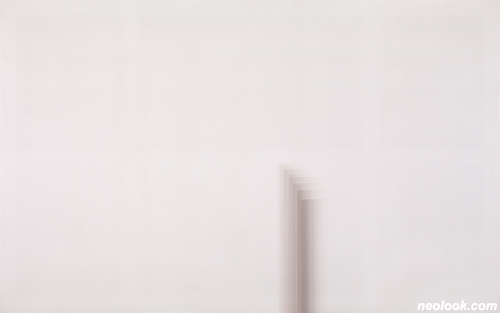
- 이동엽_사이-여백 908 Interspace-Void 908_캔버스에 아크릴채색_162.2×259cm_1991
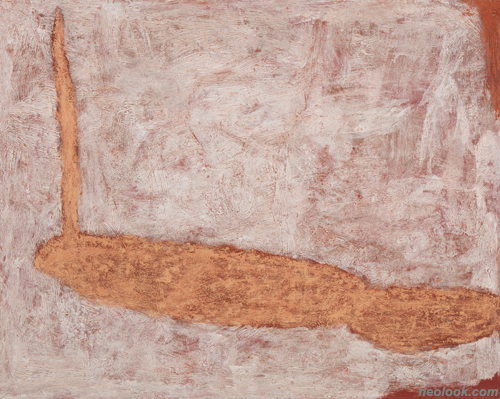
- 박영하_내일의 너 Thou To Be Seen Tomorrow_캔버스에 혼합재료_182×227.5cm_2022
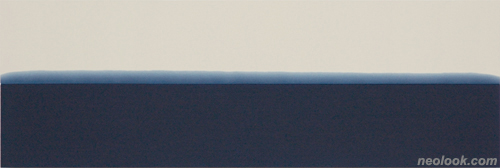
- 이인현_회화의 지층 L'épistémè of Painting_캔버스에 유채_80×240×10cm_2017
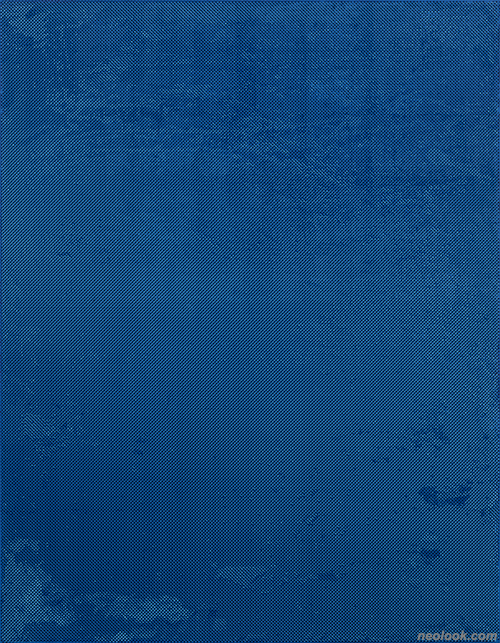
- 천광엽_옴니 웨이브 no. 8 Omni wave no. 8_캔버스에 유채, 혼합재료_117×91cm_2018

- 장승택_겹회화 150-21 Layered Painting 150-21_캔버스에 아크릴채색_220×170cm_2022
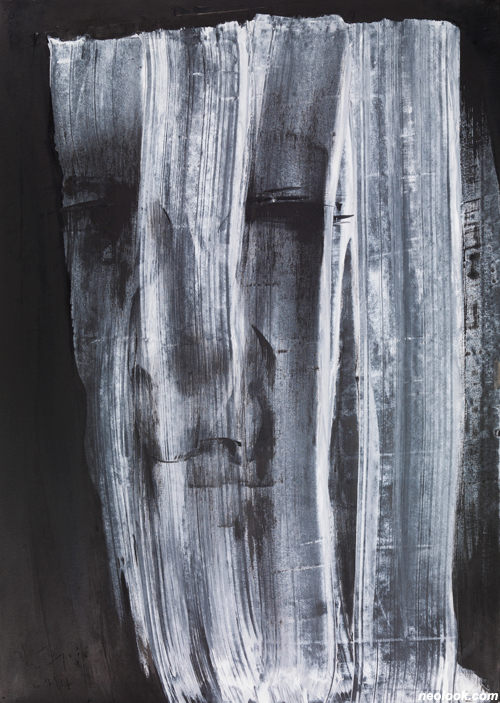
- 김길후_화성 Mars_종이에 아크릴채색_100×70cm_2014

- 왕쉬예_시공나체·즉(152) A Space Time Nude Identical(152)_ 캔버스에 유채_181.8×227.3cm_2021
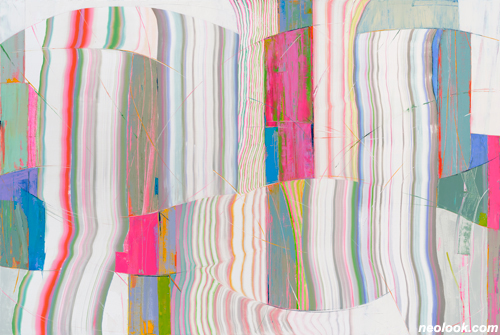
- 김영헌_p22052_일렉트로닉 노스탤지어 p22052_Electronic Nostalgia_ 리넨에 유채_130×194cm_2022

- 박기원_넓이 13번 Width 13_한지에 유채_214×150cm_2007
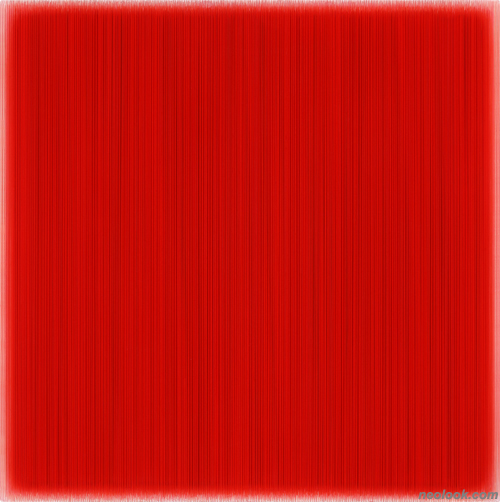
- 김현식_Who Likes Obang Color(r)_ 에폭시 레진에 아크릴채색, 나무 프레임_54×54×7cm_2021
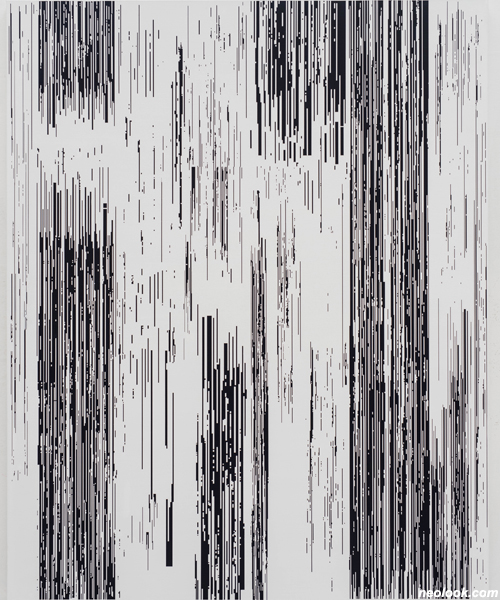
- 박종규_수직적 시간 Vertical Time_캔버스에 아크릴채색_162.2×130.3cm_2022
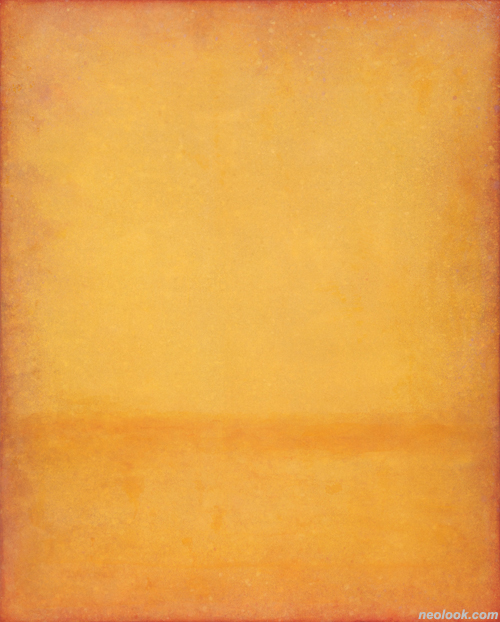
- 박현주_빛그림 37 INTO LIGHT 37_캔버스에 안료, 혼합재료_162.2×130.3cm_2022

- 윤상렬_조금 어둡게 조금 밝게 A little darker A little brighter_ 종이에 샤프, 아크릴판에 디지털 프린트_172×102cm_2022
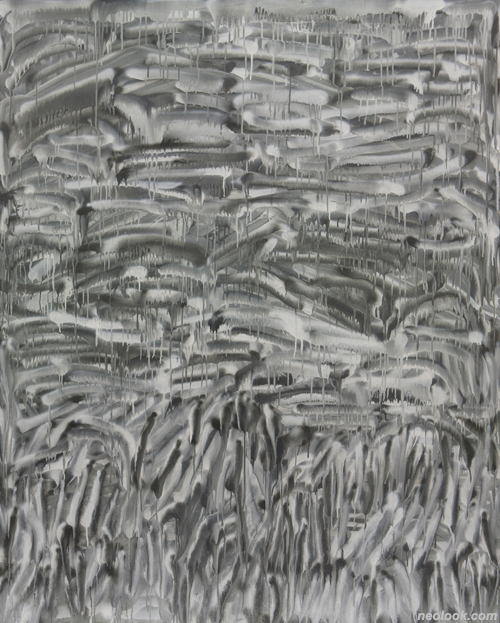
- 박인혁_회색 풍경 Gray landscape_캔버스에 혼합재료_162×130cm_2022
Hakgojae Gallery is pleased to present a special exhibition Eui-geum-sang-gyeong 衣錦尙絅 from January 18(Wed), 2023 to February 25(Sat), 2023. The term "Eui-geum-sang-gyeong" comes from the final chapter of The Doctrine of the Mean, one of the Four Books of classical philosophy of East Asia, originated from the lyrics of a song called Feng(丰) included in the "Zheng Feng" section of The Classic of Poetry. "Feng" is translated into "a reliable and beloved one." "Over my embroidered upper robe, I have put on a plain single garment. Over my embroidered lower robe, I have put on a plain single one. O Sir, O Sir, Have your carriage ready to take me home with you(衣錦褧衣, 裳錦褧裳. 叔兮伯兮, 駕予與行)," sings a woman. The woman is waiting for a man of humbleness who hides the splendor with a plain single garment even though he is in the extravagant outfits of embroidered upper and lower robes. Here, the embroidered upper and lower robes refer to the interiority of a man rather than his social status. The author of The Doctrine of the Mean defines this man as "a wise man" in contrast to "a small-minded man" or "a man of low moral qualities." The author also describes this wise man in three words: clarity; simplicity; and mildness. The wise man is clear, simple, and mild. ● The exhibition Eui-geum-sang-gyeong proposes a fresh way to look at modernist painting of East Asia with the connotation of "Eui-geum-sang-gyeong(衣錦尙絅)." The author defines that a way(Tao) taken by a wise man is "dim yet it becomes conspicuous over time" because the wise man is clear, simple and mild." Contrariwise, the way taken by a small-minded man or a man of low moral qualities is "clear yet it vanishes over time." The exhibition features works by 15 modernist artists from East Asia who are considered clear, simple and mild without putting priority on splendor. Taking essentialism as being a core value, Western modernism has created repression to exclude the rest under the proposition of "purity." On the other hand, modernism in East Asia has never separated painting from the artist's interiority. Since the real purpose of painting is to cultivate one's mind, modernism in East Asia is not intended to exclude nature and others or suppress them. Therefore, every painting of this kind feels simple, light and mild. ■ Lee Jin-myeong
Vol.20230118a | 의금상경 衣錦尙絅展

